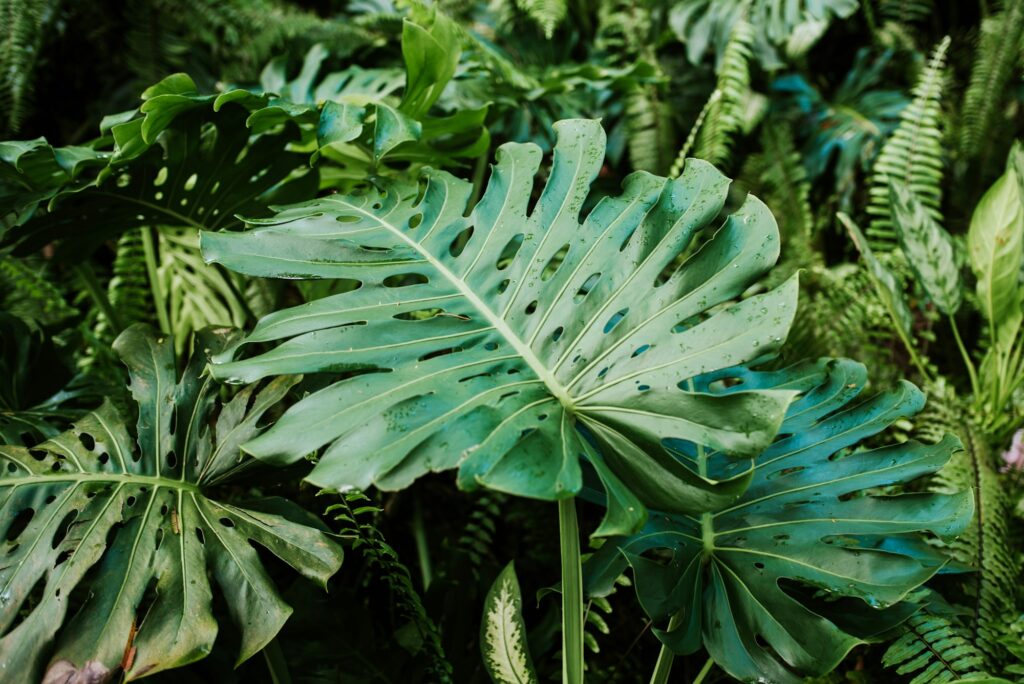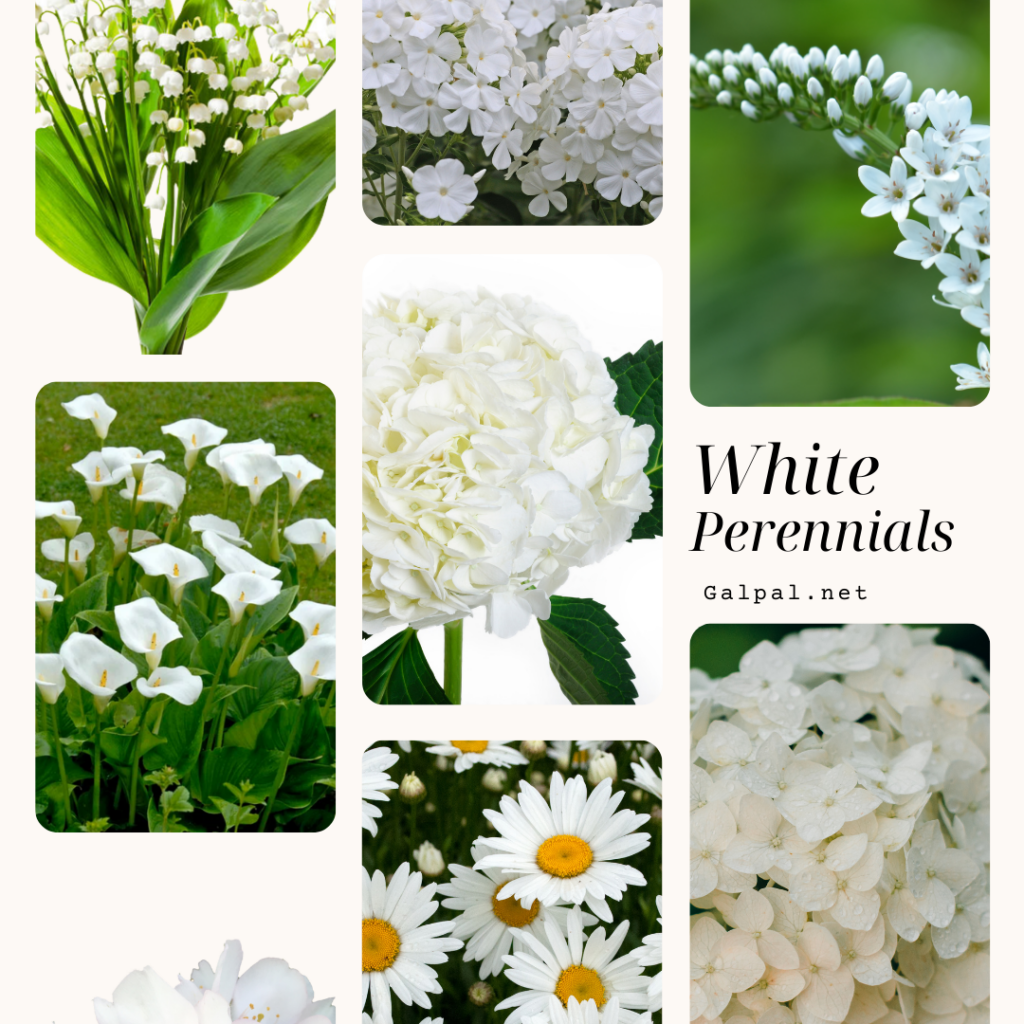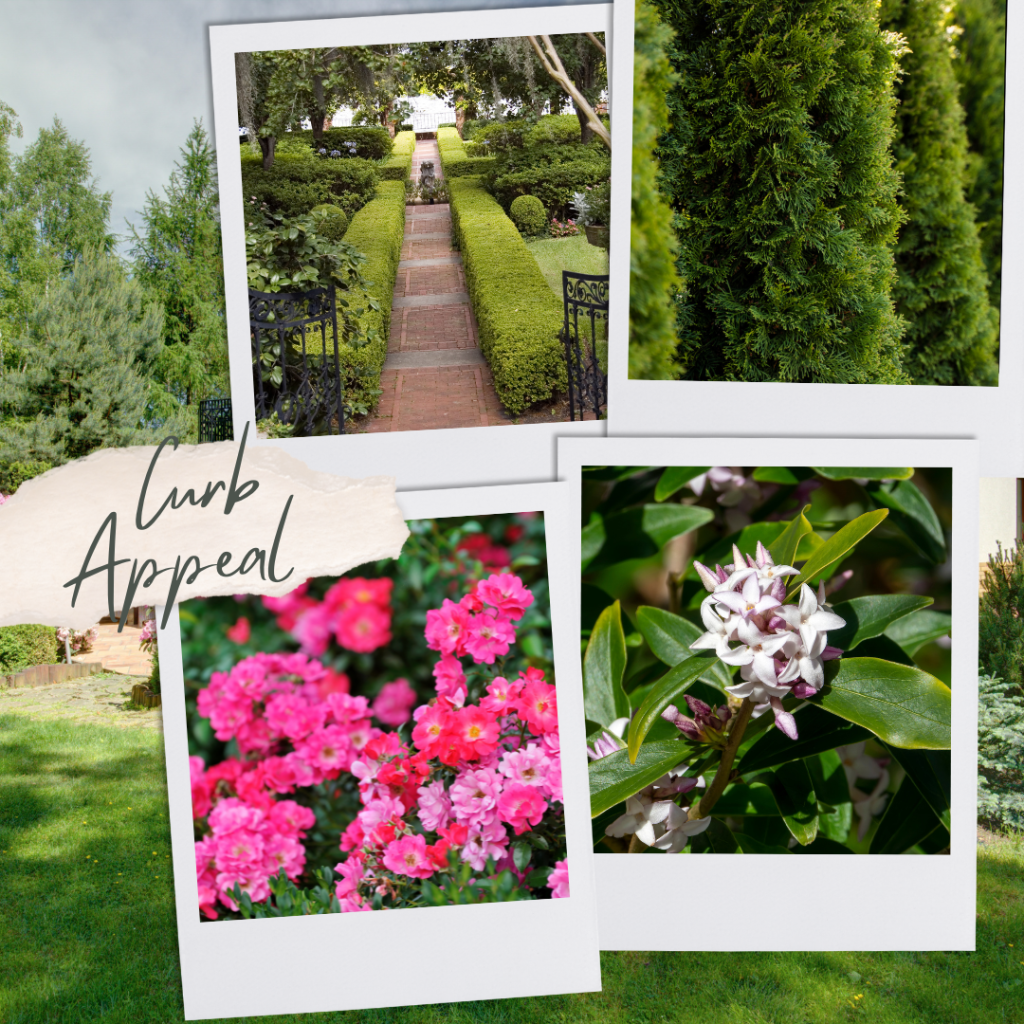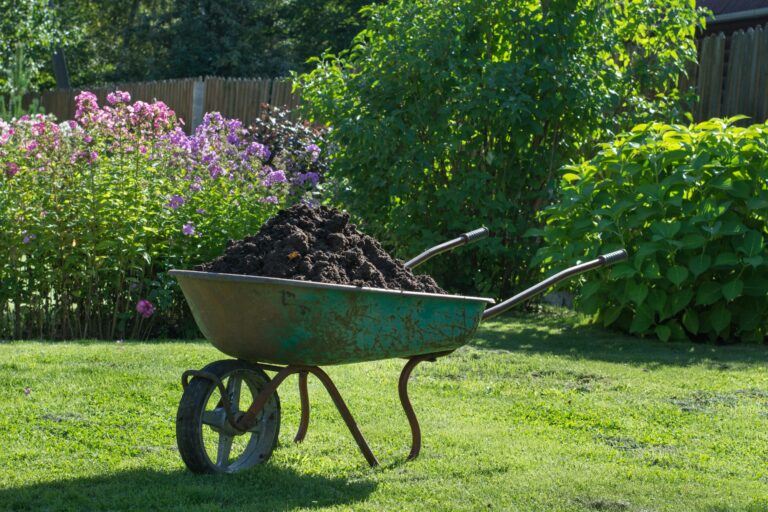How To Grow and Care For a Monstera Deliciosa Plant Outside
Step into the world of monstera plants, where tropical charm meets effortless beauty in outdoor settings. Learn how to grow and care for a monstera deliciosa plant outside. In this post learn how to grow and care for a monstera deliciosa plant outside.
If you appreciate oversized, glossy leaves with a tropical vibe, you will love the monstera deliciosa plant. Many love their monstera deliciosa as an indoor plant but this tropical gem can be grown outside.
You can grow monstera plants inside or outside. When grown outside, monstera plants instantly elevate any garden, patio, or balcony.
What makes Monstera plants appealing is that they are super easy to care for. These hardy outdoor plants are ideal if you’re a beginner or a seasoned gardener. They thrive in diverse conditions, adapting well to various light levels, soil types, and watering schedules.
It’s what makes monstera plants a top choice for outdoor landscaping projects, adding a touch of exotic allure to any space without the fuss.
Monstera plants serve as striking focal points or accents in garden beds, borders, or containers. Enhancing the garden’s overall aesthetic appeal, the dramatic foliage adds texture, depth, and visual interest to outdoor spaces.

Landscaping Versatility:
Grow a monstera deliciosa plant outdoor because it is versatile and can be used in various landscaping applications. They can be planted as standalone specimens, grouped with other tropical plants, or integrated into mixed plantings to create dynamic compositions.
Originating from the tropical regions of South and Central America, monstera deliciosa plants flourish in environments with high humidity. These plants are climbers, equipped with an intricate root system that enables them to attach themselves to trees and various structures. In optimal outdoor conditions, monsteras can grow up to an impressive 30 feet in height, significantly taller than those typically grown indoors.
When considering planting a monstera outdoors, the primary factors to contemplate are sun exposure and the prevailing temperature of your area. Unless you reside in Hardiness Zones 10-12, your monstera is unlikely to survive winter. Temperatures below 40 degrees Fahrenheit pose a significant risk to the monstera deliciosa, so it’s essential to keep this in mind before deciding to plant one outdoors.

Ultimate Guide to Monstera Plant Care: Thriving Outdoors
If you’re a plant lover like me, you’ve probably fallen head over heels for the stunning Monstera deliciosa. It is known as the Swiss cheese plant. Not a pretty name but this tropical beauty has iconic heart-shaped leaves.
Let’s dive into the comprehensive guide to outdoor Monstera plant care, ensuring your leafy evergreen friend flourishes in its new environment.
Understanding Monstera Deliciosa:
Monstera delicious grows in tropical rainforests of southern Mexico and Central America, where it enjoys warm climates and high humidity. In its natural habitat, it climbs trees using its aerial roots and basks in dappled sunlight on the forest floor.
Monsteras do well inside a home and make the perfect house plant. If your climate is warm enough, follow the planting guide for outdoor monsteras below.

Where And How To Plant A Monstera Plant Outside?
When transitioning your Monstera outdoors, it’s crucial to select the right location. Aim for indirect sunlight or partial shade to mimic its natural habitat. Avoid exposing it to too much direct sunlight, as this can lead to sunburn and brown spots on the leaves.
1. Light Requirements For Outdoor Monstera
When you grow a monstera deliciosa plant outdoors, know they prefer shady spots away from direct sunlight, whereas indoor monsteras thrive in bright, indirect light. Outdoor light tends to be more intense and can easily scorch monstera leaves compared to indoor conditions.
Selecting a location with two to three hours of direct sunlight is generally acceptable, but prolonged exposure may damage the delicate foliage of your monstera plant.
2. Preparing the Planting Environment:
Ensure your outdoor Monstera is planted in well-draining soil with plenty of organic matter. Use a bigger pot with drainage holes to prevent root rot and consider adding a moss pole for support as it grows. Additionally, protect it from strong winds and cold temperatures, especially during colder months.
3. Watering and Humidity:
Monstera plants prefer moist soil but don’t like to have “wet feet.” Water regularly, allowing the soil to dry out slightly between waterings. Mist” Mist the leaves occasionally to increase humidity levels, especially in drier climates.
It is essential that monsteras are kept moist, but not flooded. Aim to maintain your monstera plant consistently damp when it’s outdoors, particularly during the summer months.
Having other plants in proximity can enhance the overall soil moisture near your monstera. Since this plant is accustomed to cooperation and coexistence with other plants, replicating its natural habitat is beneficial.
4. Best Soil For Planting Monstera Outdoors
If you want to grow Monsteras in the best soil mix, you should use one that is rich in organic matter as well as having good drainage and aeration. To grow a monstera deliciosa plant outdoors, make sure you use the right mix of materials. It keeps your plant healthy by providing nutrients and avoiding water logging that causes root rot.
Here’s a breakdown of what constitutes a suitable soil mix for monstera plants:
a. Organic Matter:
Incorporate compost, well-decomposed leaf litter, or aged manure into the soil mix. These organic materials enrich the soil with essential nutrients and promote microbial activity, fostering a healthy root environment.
b. Drainage Enhancement:
While loamy soils are generally acceptable, they can become compacted over time, impeding drainage. To mitigate this, supplement the soil with coarse materials like gravel, perlite, or horticultural sand. These amendments improve soil structure, preventing water from pooling around the roots.
c. Aeration:
Adequate aeration is crucial for root health and nutrient uptake. Perlite, in particular, is lightweight and porous, enhancing soil aeration by creating pockets of air within the mix. This prevents soil compaction and allows roots to respire efficiently.
d. PH Balance:
Monstera plants thrive in slightly acidic to neutral soil conditions, with a pH range of 5.5 to 7.0. You can test the pH of your soil using a simple kit available at garden centers. If necessary, adjust the pH using organic amendments like peat moss or lime to create an optimal growing environment for your plant.
e. Pest Control:
Keep an eye out for common pests like spider mites, especially in outdoor environments. Treat infestations with organic solutions such as neem oil or insecticidal soap, ensuring your Monstera stays pest-free and healthy. You can also use crushed oyster shell.
f. Fertilizing and Pruning:
When you grow a monstera deliciosa plant outdoors, feed your outdoor Monstera with a balanced liquid fertilizer every few weeks to promote healthy growth. Prune any dead or damaged leaves and stem cuttings to encourage new growth and maintain its shape.
g. Transplanting and Maintenance:
If your Monstera outgrows its current pot, consider transplanting it into a larger container with fresh soil. Monitor its growth regularly and provide additional support structures as needed, such as trellises or stakes.

To Recap:
In summary, outdoor Monstera plant care requires replicating its natural tropical environment as closely as possible. By following these best practices, you can ensure your Monstera thrives outdoors, gracing your garden or patio with its lush foliage and adding a touch of tropical elegance to your outdoor space. So, grab your gardening gloves and get ready to enjoy the beauty of your outdoor Monstera plant!
FAQ About Monstera Outdoor Plants
Some frequently asked questions about outdoor Monstera plants and their corresponding answers could include:
Q. Can Monstera plants be grown outdoors?
Yes, you can grow a monstera deliciosa plant outdoors in suitable climates. They thrive in warm, humid environments with indirect sunlight.
Q. What is the best location for outdoor Monstera plants?
Choose a location with bright, indirect sunlight or partial shade. Avoid direct sunlight, as it can scorch the leaves.
Q. What is the best location for outdoor Monstera plants?
Choose a location with bright, indirect sunlight or partial shade. Avoid direct sunlight, as it can scorch the leaves.
How often should I water outdoor Monstera plants?Water Monstera plants when the top inch of soil feels dry to the touch. In outdoor settings, they may require more frequent watering, especially during hot, dry periods.
Q. How often should I water outdoor Monstera plants?
Water Monstera plants when the top inch of soil feels dry to the touch. In outdoor settings, they may require more frequent watering, especially during hot, dry periods.
Do outdoor Monstera plants need fertilizer?Yes, outdoor Monstera plants benefit from regular fertilization during the growing season (spring and summer). Use a balanced, water-soluble fertilizer diluted to half strength every 4-6 weeks.
Q. Do outdoor Monstera plants need fertilizer?
Yes, outdoor Monstera plants benefit from regular fertilization during the growing season (spring and summer). Use a balanced, water-soluble fertilizer diluted to half strength every 4-6 weeks.
Q. How do I support outdoor Monstera plants as they grow?
Provide a trellis, moss pole, or other support structure for climbing Monstera varieties. This helps them climb and prevents the stems from becoming tangled or weighed down.
Q. Are outdoor Monstera plants prone to pests and diseases?
While outdoor Monstera plants are generally resilient, they can still be susceptible to pests such as spider mites, mealybugs, and scale insects. Regular inspection and treatment with insecticidal soap or neem oil can help control infestations.
Q. Can outdoor Monstera plants withstand colder temperatures?
Monstera plants are tropical and prefer temperatures above 50°F (10°C). If temperatures drop below this threshold, consider bringing them indoors or providing protection from frost.
Q. How do I propagate outdoor Monstera plants?
Outdoor Monstera plants can be propagated through stem cuttings. Simply cut a stem below a node and place it in water or moist soil until roots develop.
These are just a few common questions and answers regarding outdoor Monstera plants. As with any plant, specific care requirements may vary based on factors such as climate, soil conditions, and plant variety.












